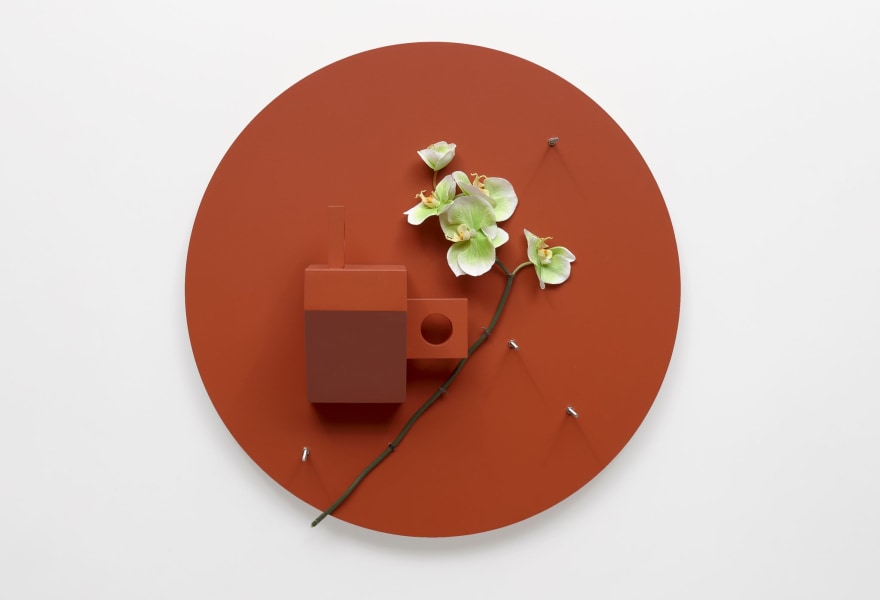03 july 2021, Manuela Klerkx
Who’s who: A tour of the Belgian galleries at Art Rotterdam (part 2)
It is remarkable to say the least that of the 97 participating galleries in Art Rotterdam 2021, 18 come from Belgium. Of these, 10 are in the Main Section of the fair and 8 in the Solo / Duo section. Most galleries are based in Antwerp, followed by Ghent, Brussels and some smaller cities. In this article I describe the profile of the individual gallery owners so that when you are at the fair, you have the feeling that you already know them a little.
Most gallery owners, especially those on GalleryViewer, I know personally. I regularly visit their galleries and am always surprised by their great drive, passion and entrepreneurial spirit. In addition, the high quality and the great diversity of the offer make an introduction to the Belgian art world more than worthwhile.
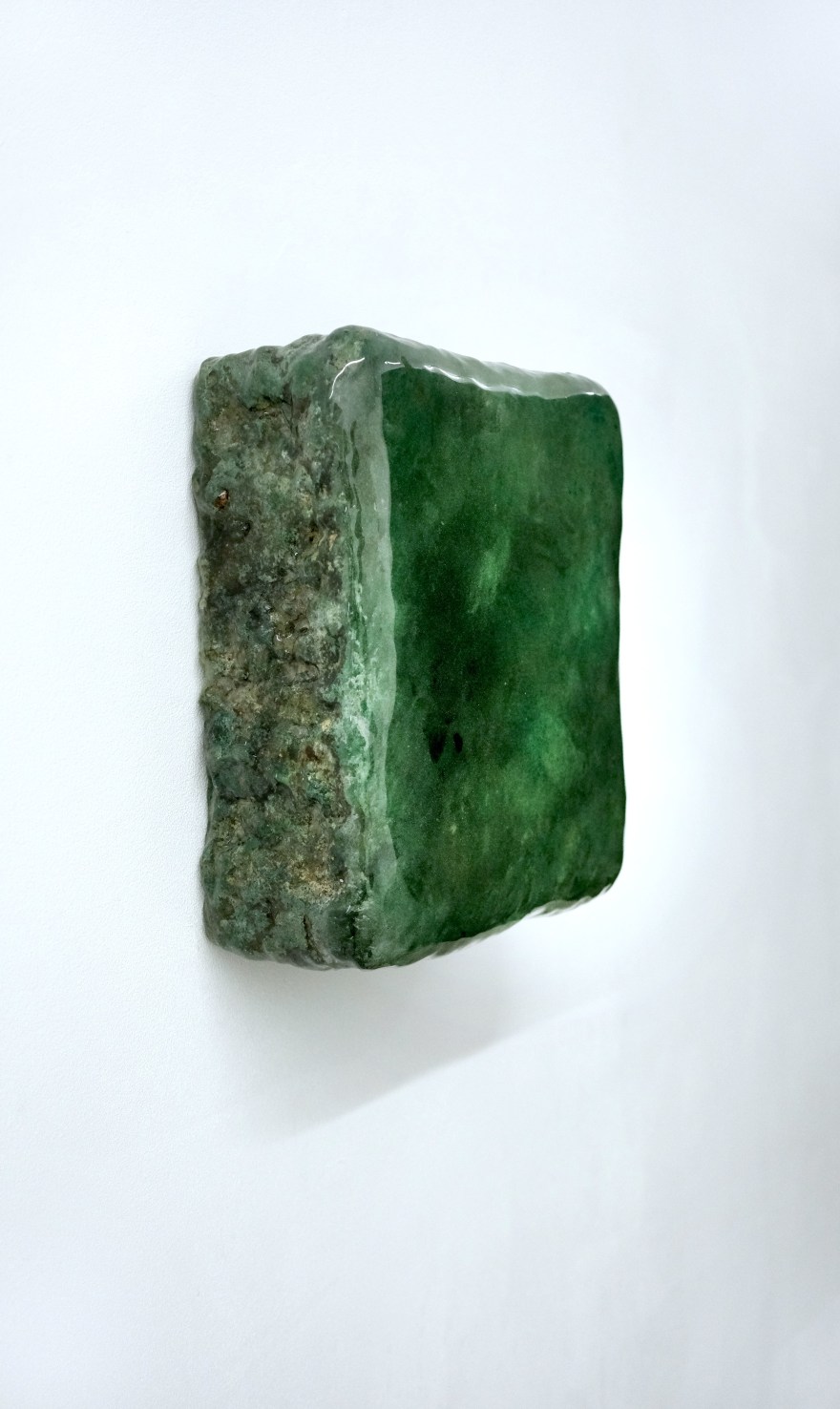
Stan Van Steendam, Poé, 2021, Barbé-Urbain Gallery.
Oliver Barbé en Christophe Urbain (Barbé-Urbain Gallery, Gent)
In 2018, the hospitable companions Oliver Barbé (30) and Christophe Urbain (38) opened their gallery in the Penintenstraat in Ghent, near the Vrijdagmarkt. Their gallery is the place to discover new talent who, with a lot of ambition and energy, gets a chance to conquer the world. But no rush. The gentlemen know that what they show has quality and that sooner or later that will come to the fore. At Art Rotterdam they show photographic work by Middernacht & Alexander in which the duo examines the uneasy relationship between intimacy and voyeurism. In addition, work by Stan van Steendam is on display in which the intimate relationship between the artist, his materials and the way he shapes them is central.
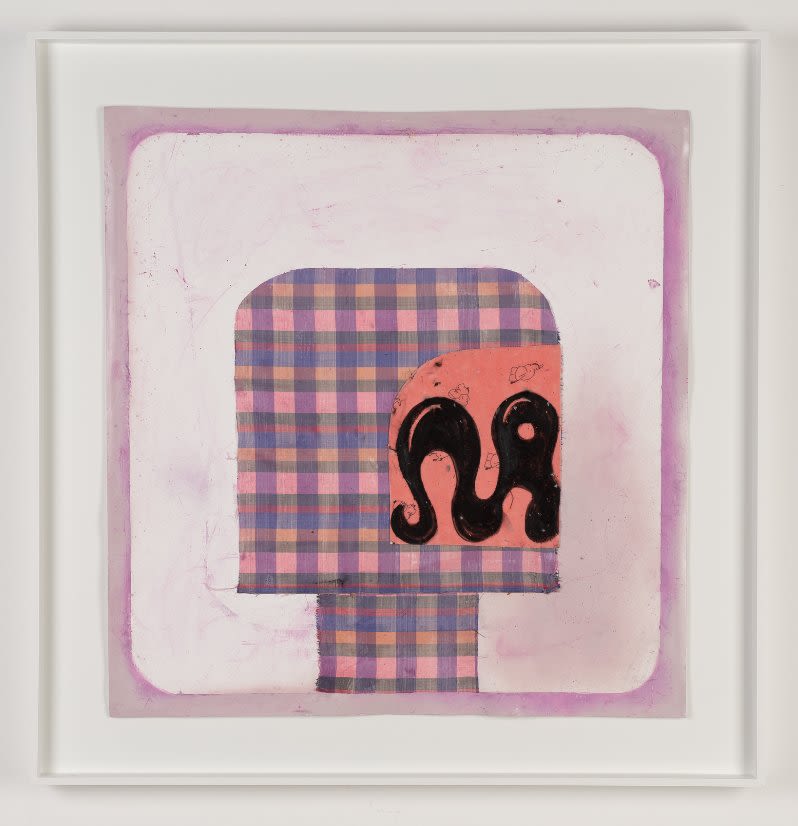
Nel Aerts, NA Delirium (SWALLOW MAELSTROM HUT HEAD), 2021, PLUS-ONE Gallery.
In the trendy 'Nieuw Zuid' district, Jason Poirier, founder of Plus-One Galerie, and Sofie Van de Velde, of the Galerie Sofie Van de Velde, share a strong and diverse exhibition program in one space and with one philosophy, to know about a positive and transparent way of working together. Based on their long-time friendship and their shared passion for art, they dared to take this step and with success. In 2020, the gallery opened a new space on one of the Quays, opposite the M HKA, and within walking distance of the first gallery. In this smaller and more intimate space, the two galleries alternate and mainly focus on solo shows by young artists.
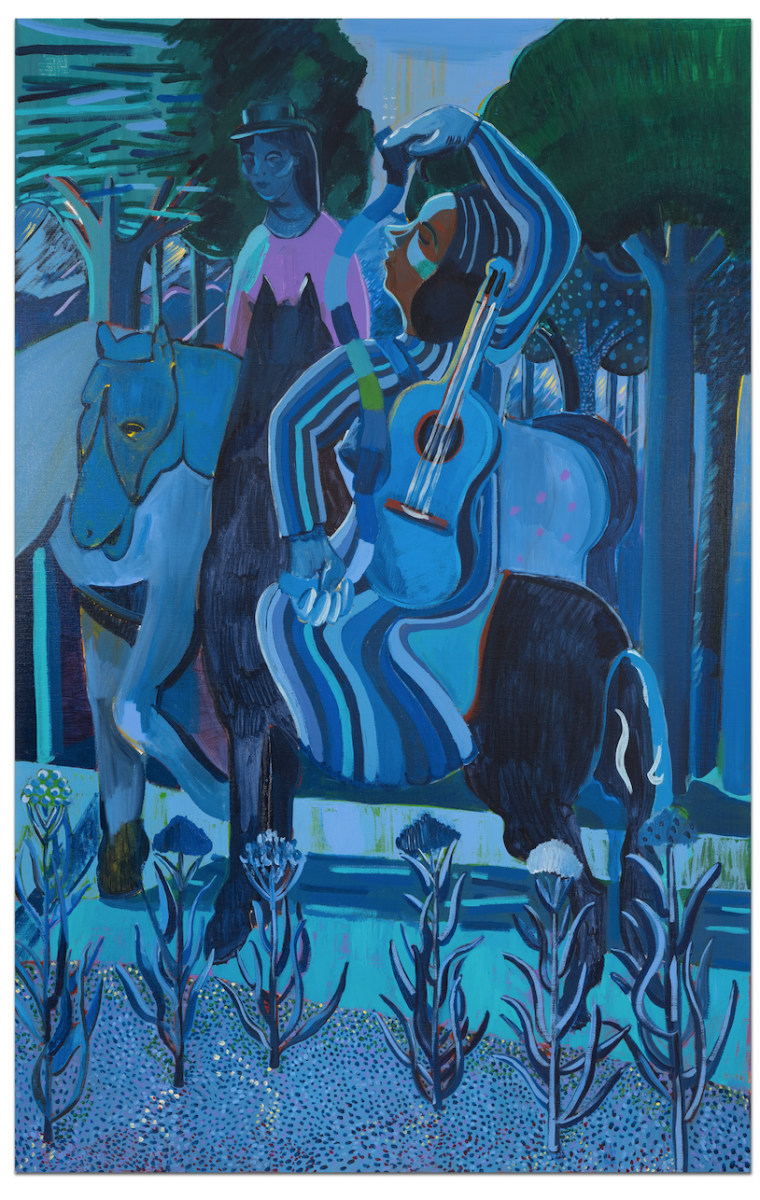
Nel Aerts, NA Delirium (SWALLOW MAELSTROM HUT HEAD), 2021, PLUS-ONE Gallery.
At Art Rotterdam Plus One shows a selection of artists including Nel Aerts, Ritsart Gobyn, Laurens Legiers, William Ludwig Lutgens, Carole Vanderlinden and Filip Vervaet and Sofie Van de Velde dedicates her entire booth to the work of the promising painter Amber Andrews who succeeds in combining figuration and abstraction with references to modern art and other cultures in a unique way..
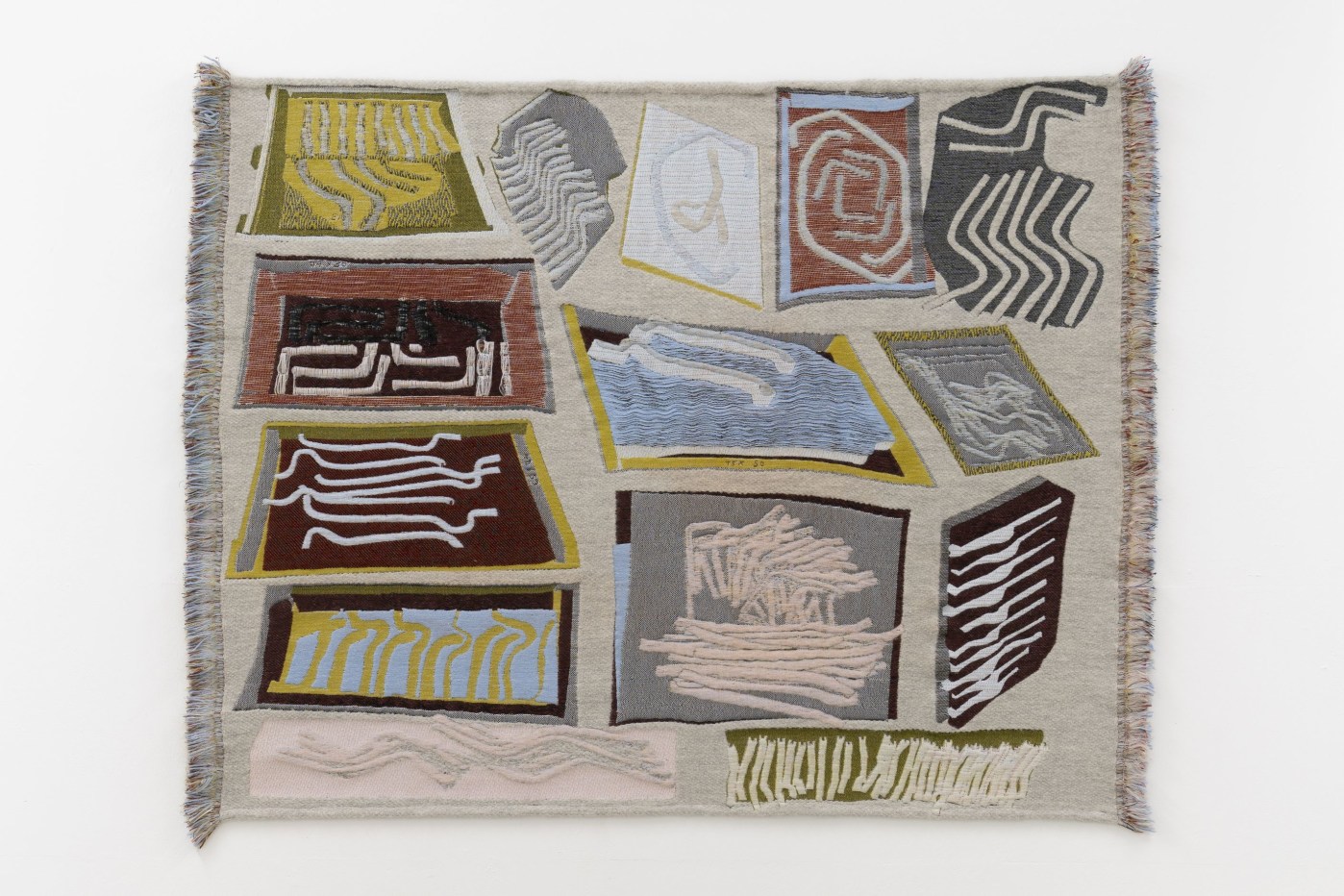
Stéphanie Baechler, Care II, 2021, Whitehouse Gallery.
Bert & Elly Verlinden-Kog (Whitehouse Gallery, Loevenjoel)
The Whitehouse Gallery is located in a renovated 18th-century villa located in the green surrounding of Loevenjoel. A place that probably isn't on the itinerary - it's close to the city of Leuven and a thirty-minute drive from Brussels - but a visit to the gallery is definitely worth making a detour. The exhibitions focus on changing insights and approaches with regard to past and present, nature and culture, local and global, time and space. Twice a year, the gallery invites a curator to create an exhibition according to his/her own insight. Temporary and alternating collaborations with curators and artists keep the gallery dynamic and show great openness to innovative and experimental artistic developments. At Art Rotterdam, the gallery shows work by Stéphanie Baechler, Caroline Coolen, Isabel Fredeus, Stefan Serneels and Simona Mihaela Stoia.
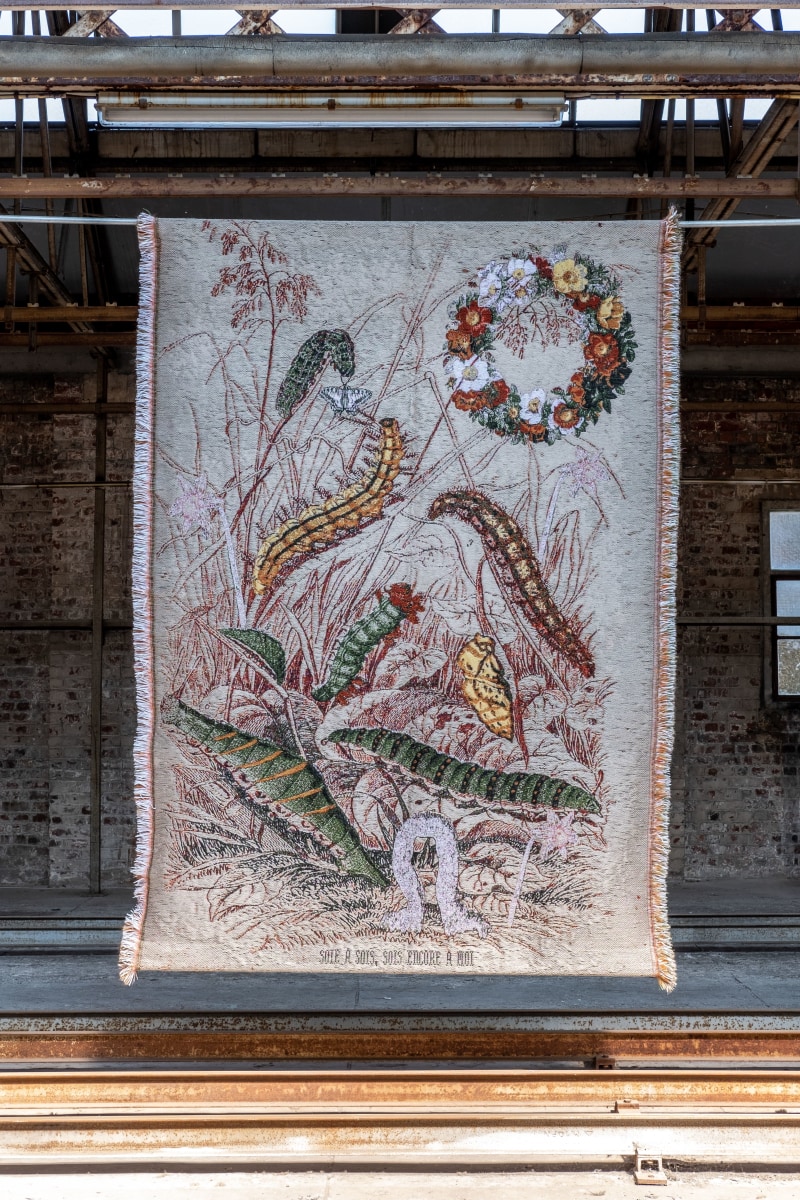
Les Monseigneurs, Soie à sois, sois encore à moi, 2021, Bruthaus Gallery.
Joris Van der Borght en Nancy De Vos (Bruthaus Gallery, Waregem)
Entirely in line with the definition of Art Brut, Bruthaus Gallery from Waregem (near Ghent) has been showing artists since its inception in 2012 whose work breaks the rules of the conventional art world and is open to artistic and functional experimentation. In addition to the usual gallery activities, every year Bruthaus offers an artist the opportunity to create one or more large installations in the impressive, abandoned spaces of the former Claessens Canvas Factory next to the gallery. At Art Rotterdam, the gallery shows a series of woven carpets by artist Thomas Renwart (1995) - alias Les Monseigneurs - with performances based on his herbarium of pressed flowers and found butterflies and a number of industrial iron and skeletal steel constructions that bear witness to intensive labour and repetitive actions. by Willem Boel (1983, Ghent).
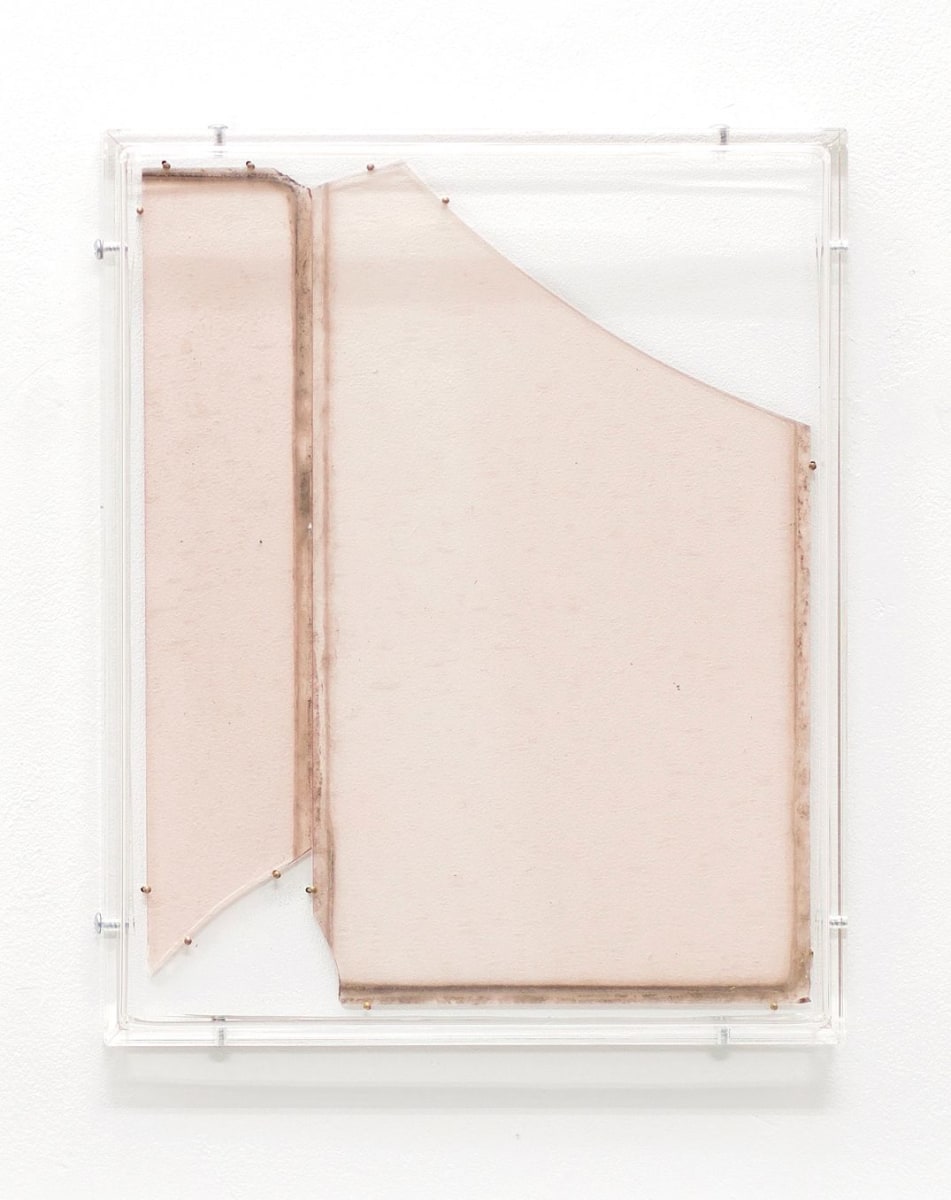
Anneke Eussen, The present parts (7), 2021, Tatjana Pieters.
Tatjana Pieters (Galerie Tatjana Pieters, Ghent)
In a recent interview with Oscar van Gelderen for GalleryViewer, Tatjana Pieters, the Belgo-Russian gallery owner of the eponymous gallery, answered the question how she would describe her gallery as 'visionary, idiosyncratic, involved, responsible, fresh, flexible, DIY and diverse.' She had to learn the trade of gallery owner through trial and error, but her gallery has now grown into one of the top three galleries in Ghent, together with Kristof De Clercq and Barbé-Urbain. All three galleries show guts by thinking out-of-the-box and moving with the times. Concepts such as experiment, expanding consciousness and social engagement are closely related to Tatjana's art vision and are the main drivers for selecting the artists. Tatjana promotes upcoming and established artists from all over the world, but is also always looking for strong work from her own country.
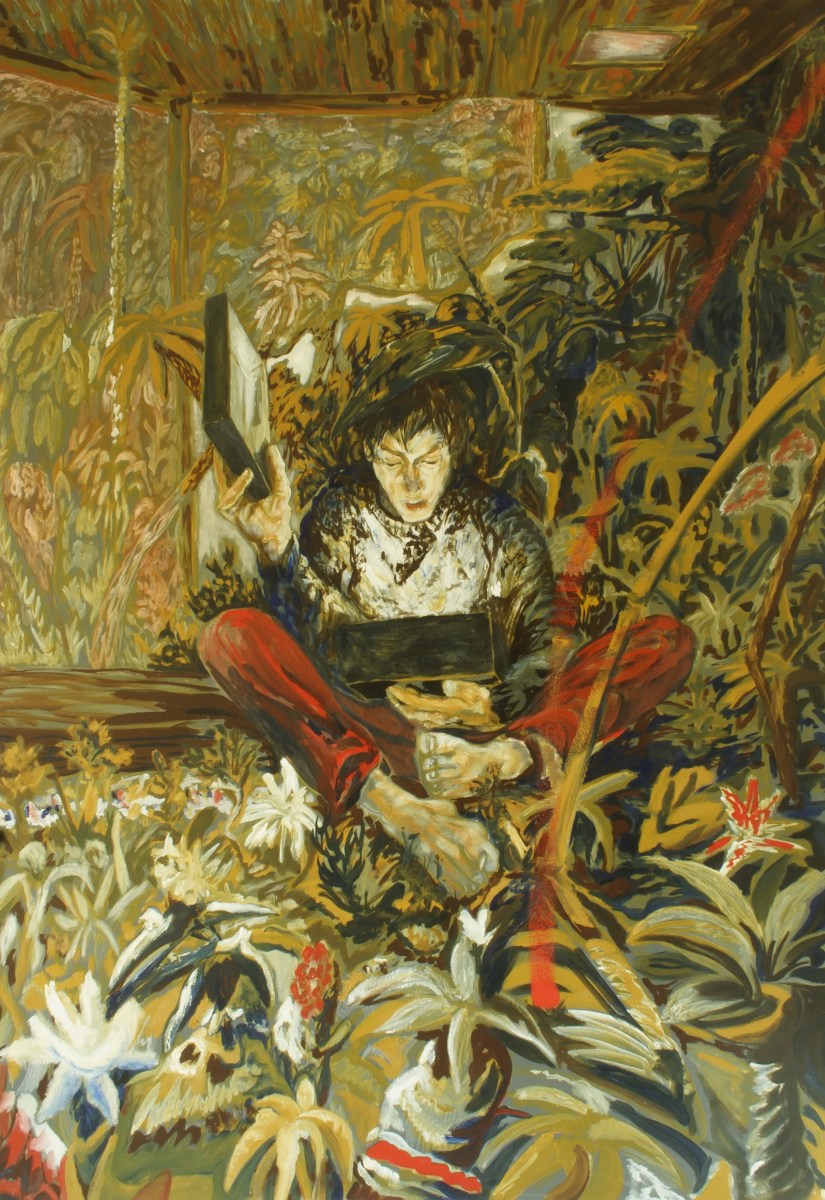
Jan Verbruggen, Pandoro, 2021, Eva Steynen.Deviation(s).
Eva Steynen (Galerie Eva Steynen.Deviations, Antwerp)
Eva Steynen started her gallery in 2013 in a stately 19th century building with adjoining garden on the east side of Antwerp. The homely character of the exhibition space - complete with en-suite room, fireplace, high ceilings, and creaky parquet floors - and the always carefully curated exhibitions create the perfect setting for discovering new art. Eva mainly showcases mid-career and emerging talent from Belgium and beyond. The art she shows is often daring and challenges the viewer to make new discoveries in different disciplines. At Art Rotterdam she’ll be showing abstract watercolours by Johannes Ulrich Kubiak (1961, Germany), sculpture by Robert Soroko (1990, Antwerp) and paintings by Jan Verbruggen (1980, Brussels).
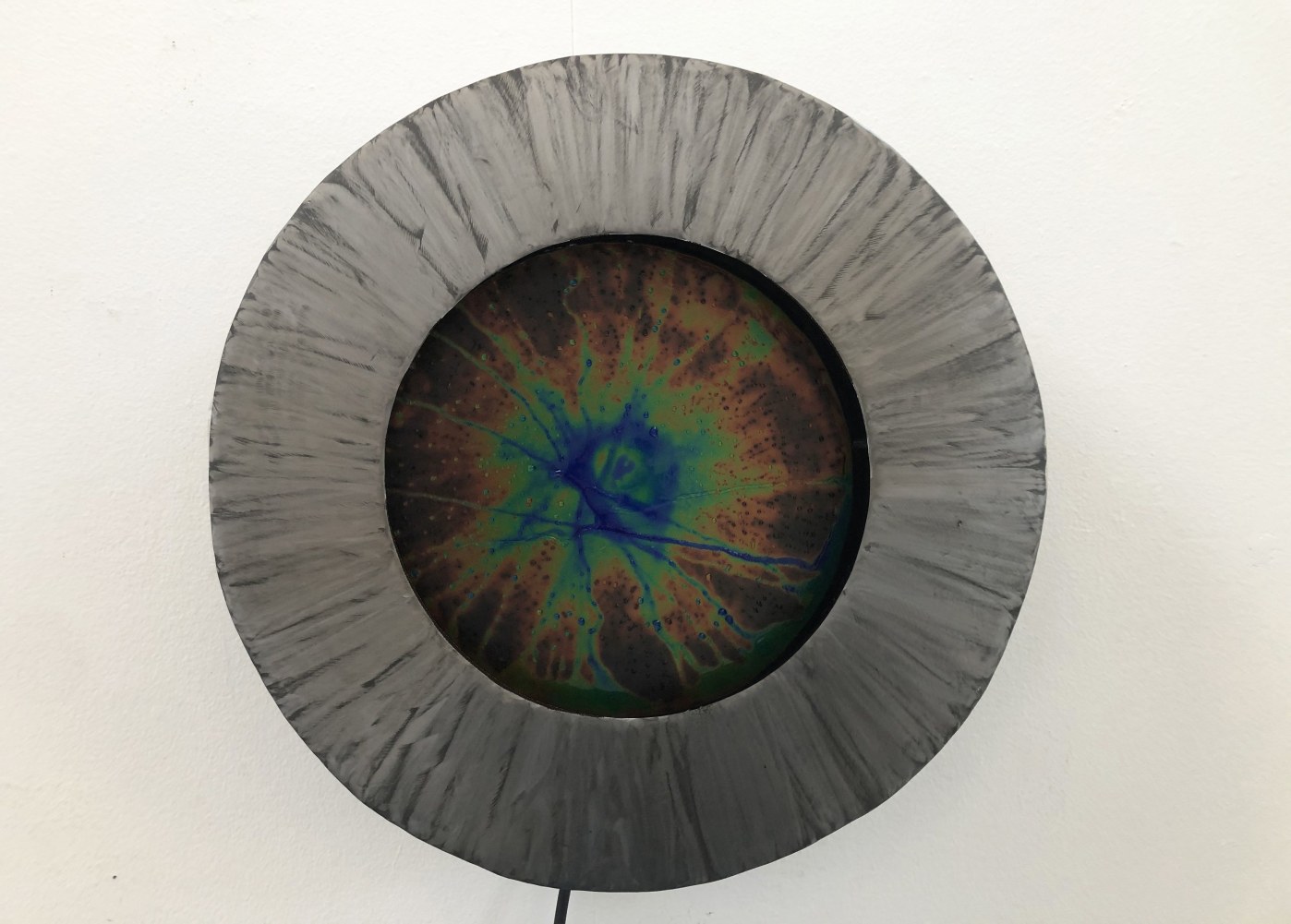
Zoro Feigl, Twisting Nematics - iris, 2021, FRED&FERRY.
Frederik Vergaert en Ferry Saris (Galerie Fred & Ferry, Antwerpen)
You have to dare to open a gallery in Corona time, but the friends Fred Vergaert and Ferry Saris went on the adventure and established their now well-known and renowned gallery in the former gallery of Marion de Cannière in Antwerp in 2020. Their programme is daring and experimental and does not shy away from the grand gesture. At Art Rotterdam they’ll show work by Thomas Verstraeten, Anne Van Boxelaere, Winnie Claessens, Zoro Feigl – who you might know from the solo exhibition in the Stedelijk Museum Schiedam– and Mirthe Klück. Fred is the face of the gallery, while Ferry takes care of the business side. Yet, they really choose the artists they represent together and ask each of them to make an affordable edition especially for the gallery. Fun fact: the gallery also has its own playlist on Spotify, curated by a different artist from the gallery every month.
In de spotlight:
Annie Gentils (Annie Gentils Gallery, Antwerp)
Annie Gentils opened the doors of her eponymous gallery in 1985 and has been a household name in Antwerp for many years. Annie is known for her great knowledge of and experience with artists and curating exhibitions. From the very first hour, the gallery mainly shows work by artists who belong to the absolute vanguard in the conceptual, architectural and/or scientific field. At Art Rotterdam she shows work by Wesley Meuris and Marc De Blieck, two artists who pair a focus on the way we experience art with a slightly romantic undertone and a great sense of aesthetics. A combination that is typical of the gallery.
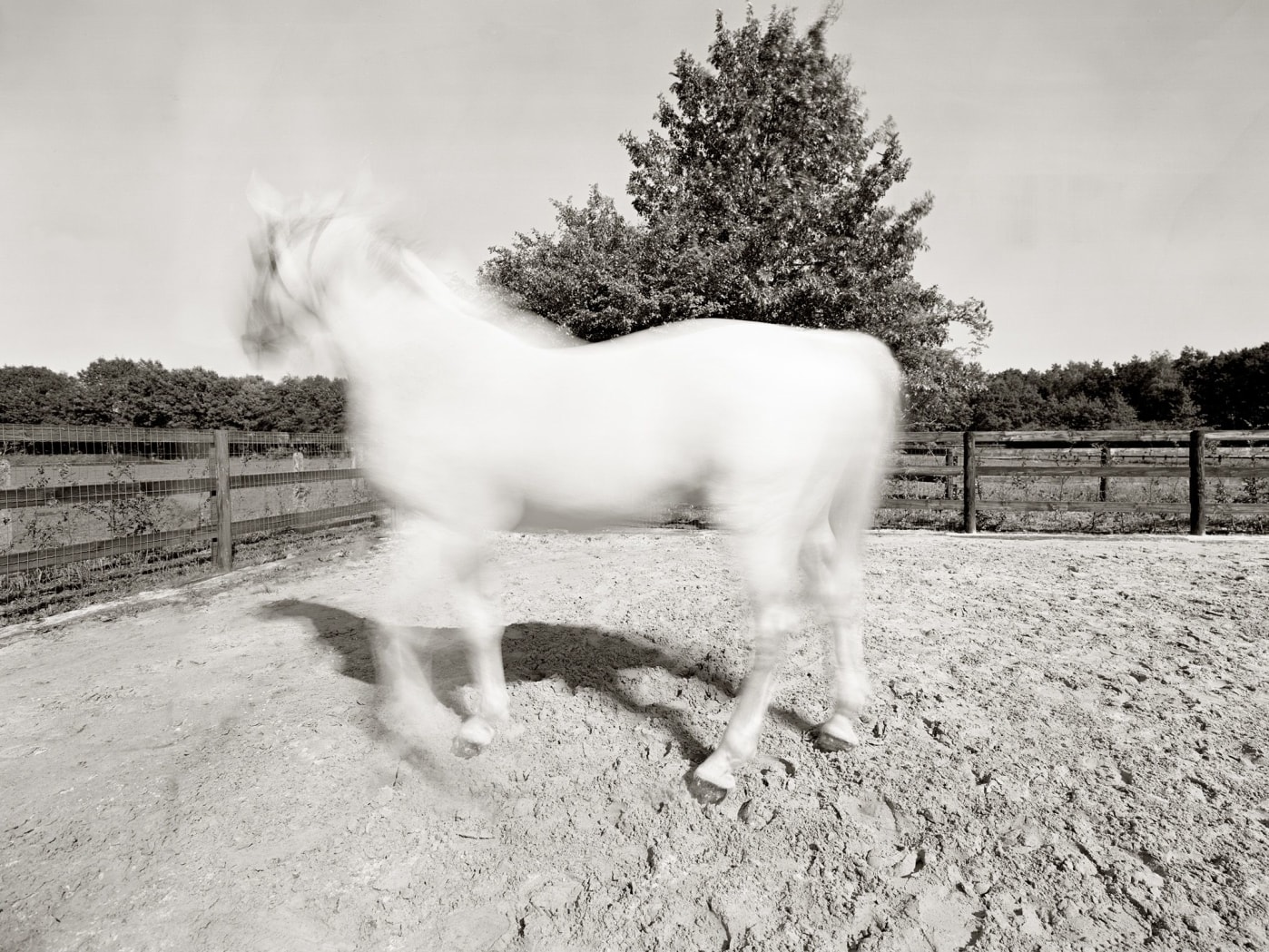
Marc De Blieck, The Best Horse of the Year 2009, 2019, Annie Gentils Gallery.
Marc De Blieck (1958)
The optical experience of 'pure viewing' is central to the Ghent photographer Marc De Blieck. For example, it is not the hand of the master, his or her intuition and gaze, but specific procedures such as point of view, framing and determination of position that should determine the end result. These strict procedures - as a result of which the photographer himself disappears into the background, as it were - are typical of De Blieck's working method and often produces the most special and unpredictable images. Whether it's ceiling paintings, room views, still lifes or nature images, what connects the individual performances is the thematization of a photographic way of looking. For example, we don't look at a horse but at an object - a photo - that exhibits alienating perspective and moving effects as a result of technological decisions and interventions. The beautiful large-format nature images consisting of various prints stuck together - printed on folded, thin Japanese paper - mounted by means of displacement and mirroring, show a new and unreal image far removed from the original photographic image. The illusion of a 'true' image is thus broken for good.
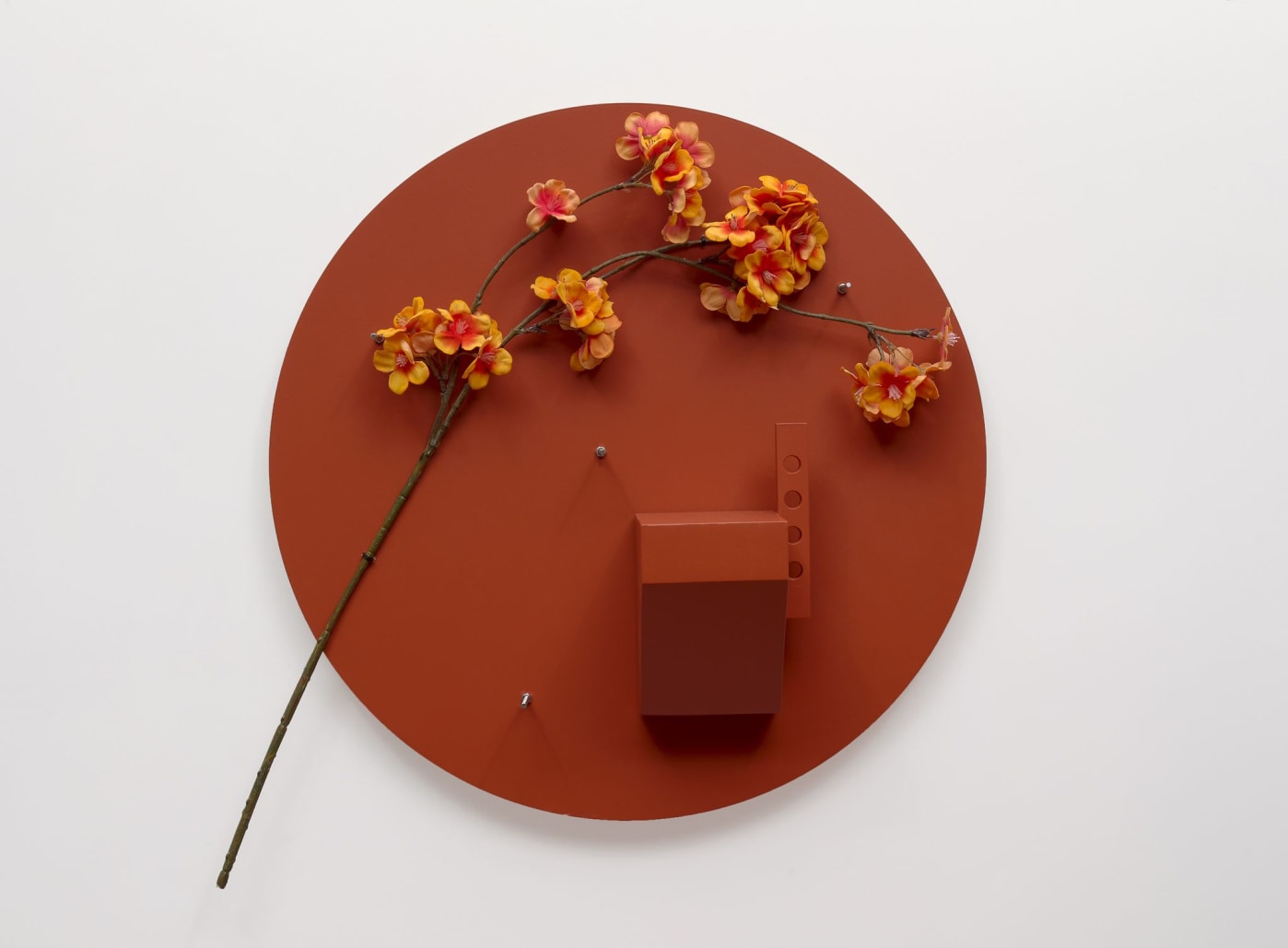
Wesley Meuris, Ornamental Flower (I), 2021, Annie Gentils Gallery.
Wesley Meuris (1977, Lier)
As with Marc De Blieck, the work of Wesley Meuris is not so much about what is exhibited, but about the way it’s done. The Belgian artist is fascinated by the human need to categorize, rationalize and name in order to meet the human desire to control and master. In his work he investigates standardized architectural spaces and structures in terms of dimensions, use of materials, proportions and distribution of our living environment. By playing with this, he introduces variations in functional constructions such as swimming pools and sports fields in terms of colour, shape, line, pattern, use, etc. Meuris makes drawings, prints and models for possible, new constructions without the recognizability and familiarity of and prevailing agreements and protocols with regard to functionality and desired or undesirable behaviour. In this way he sheds a different light on existing constructions with regard to comfort, privacy, hygiene and communication and the role of humans within them. In his most recent series of works, Meuris no longer focuses on man in relation to Earth, but on his relation to the space of which he is also a part. With technological progress, our view is no longer horizontal but vertical and with this radical change Meuris places himself in the category of the avant-gardes of the early 20th century who also changed our view of the world forever.
